Amidst the rising tensions of the Cold War, the need for an advanced anti-radiation missile became apparent, leading to the development of the Soviet Kh-58. Let’s Delve Into The Soviet Kh-58 Anti Radiation Missile, a formidable Soviet-designed weapon with an impressive maximum range of 250 km. Its primary objective is to dominate the battlefield by suppressing or obliterating enemy air defence systems, specifically tailored for SEAD (Suppression of Enemy Air Defenses) missions. Developed during the Cold War era, this remarkable missile has been acquired by no fewer than seven nations, including India, Belarus, and Malaysia.
At its core, the missile excels in homing in on and neutralizing radar emissions emanating from enemy air defence systems, particularly those employed for tracking and guiding surface-to-air missiles. Upon launch, the Kh-58 unleashes its potent seeker, capable of detecting and diligently tracking the radiation signature of the enemy radar.
The NATO codename for this missile is “Kilter,” although it is presently being superseded by the more powerful Kh-31 Krypton missile. Nevertheless, Russia and other countries continue to utilize it alongside the upgraded versions such as the Kh-58U and Kh-58E. The Kh-58 exhibits an extended range spanning several tens of kilometres and can be launched from diverse platforms, including aircraft and helicopters. Its versatility enables both individual and salvo attacks, rendering it highly effective for overwhelming enemy air defences.
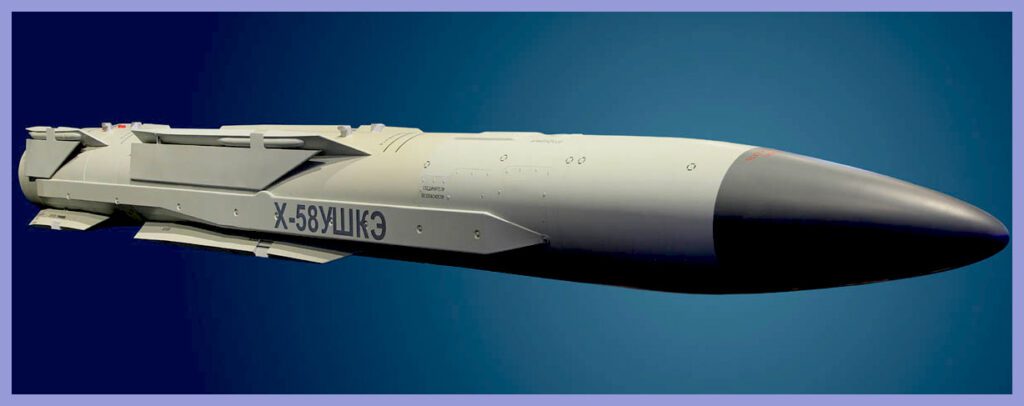
Analyzing The Design Of The Kh-58 Kilter ARM
Shape and Dimensions: The Kh-58 possesses a sleek and streamlined design, bearing resemblance to a slender cylindrical shape. Its dimensions typically encompass a length of approximately 15 feet and a diameter of around 15 inches. The missile’s compact size facilitates convenient transportation and deployment.
It was specifically engineered for employment in conjunction with the Su-24 target acquisition system. The achieved range heavily depends on the launch altitude. Consequently, the original Kh-58 exhibits a range of 36 km when launched from a low altitude, 120 km from an altitude of 10,000 m ( 32,800 ft ), and 160 km from an altitude of 15,000 m ( 49,200 ft ). Similar to other missiles developed during the Soviet era, the Kh-58 can be equipped with various seeker heads tailored to target specific air defence radars, including systems like the MIM-14 Nike-Hercules or MIM-104 Patriot. Once the precise data has been inputted, the missile adheres to and follows the provided information after launch.
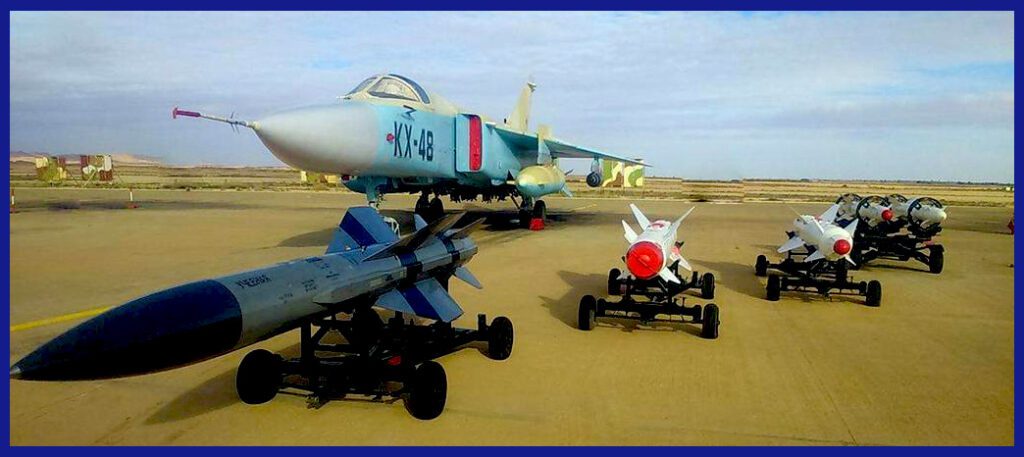
Guidance System: The Kh-58 employs an inertial guidance system with a passive radar seeker for target acquisition and tracking. The seeker is specifically designed to detect and lock onto radar emissions emanating from enemy air defence systems. This capability enables the missile to precisely home in on the origin of the radar emissions and effectively engage the intended target.
Countermeasures: In order to augment its effectiveness against contemporary radar systems, the newer variant of the Kh-58, known as the Kh-58UShKE, may integrate countermeasures designed to neutralize enemy electronic warfare measures or defensive systems. These countermeasures encompass anti-jamming capabilities and electronic counter-countermeasures, bolstering the missile’s resilience in combat situations.
The Kh-58 Kilter ARM’s design emphasizes its ability to seek out and engage enemy radar systems effectively. By combining advanced guidance systems, a potent warhead, and sufficient range and speed, the missile is capable of neutralizing or destroying radar targets, thereby suppressing enemy air defences and creating opportunities for friendly forces.
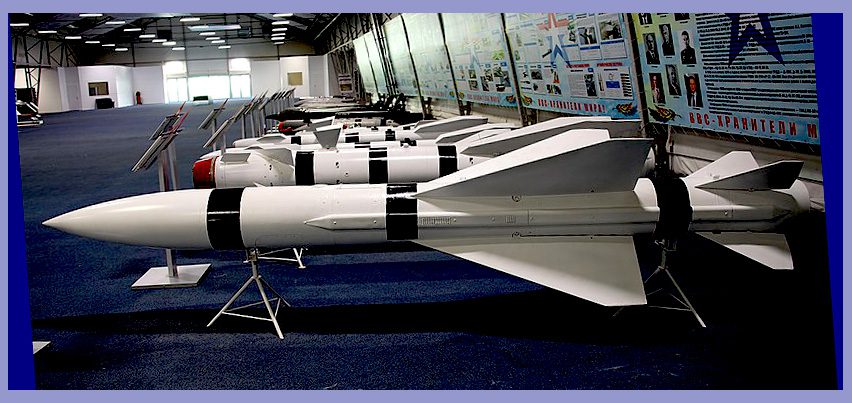
Development Of The Kh-58 Kilter ARM
The development of the Kh-58 Kilter anti-radiation missile ( ARM ) can be traced back to the Soviet Union during the Cold War era. Here’s an overview of its development
Origins: The development of the Kh-28 commenced in the 1960s as a response to the escalating requirement for an efficient weapon capable of countering then adversary radar systems. The Soviet military acknowledged the pivotal role of suppressing or eliminating radar-guided air defence systems to achieve air superiority in combat. While it is challenging to locate comprehensive information regarding Soviet missile development, reports suggest that the Bereznyak design bureau initially devised the liquid-fueled Kh-28 ( AS-9 ‘Kyle’ ) anti-radiation missile. Subsequently, in 1967, they merged with MKB Raduga.
In the early 1970s, Raduga was entrusted with the task of developing a solid-fueled successor to the Kh-28 to equip the new Su-24M ‘Fencer-D’ attack aircraft. Following successful design integration, a longer-range variant known as the Kh-58U, incorporating lock-on-after-launch capability, was developed during the 1980s. However, since the dissolution of the Soviet Union, Raduga has continued to enhance the missile’s sophistication through the development of several export-oriented versions, ensuring its compatibility with Western counterparts.

Warhread and Lethality: The missile was equipped with a high-explosive fragmentation warhead, designed to generate a blast and fragmentation effect upon impact. The warhead’s design aims to maximize the destruction of radar components and disable or destroy the targeted radar system.
Variants and Upgrades: Over the years, the Kh-58 received several variants and upgrades to improve its range, seeker capabilities, and resistance to enemy countermeasures. These upgrades included the Kh-58UShE and Kh-58UShKE, which introduced enhancements to counter modern radar systems and electronic warfare measures.
Overall, the development of the Kh-58 Kilter ARM signified a substantial advancement in anti-radiation missile technology. Its successful deployment and ongoing upgrades have demonstrated its efficacy in neutralising enemy air defences, thereby playing a vital role in bolstering the capabilities of the armed forces that have utilized it.

Variants Of The Kh-58 Kilter ARM
- Kh-58U – improved version with longer range and lock-on-after-launch capability.
- Kh-58E – export version of Kh-58U, first offered in 1991
- The Kh-58UShE is an improved version featuring a new wideband seeker housed in a specially designed radome, tailored specifically for export purposes. This variant is intended for utilization on Sukhoi Su-30MK aircraft.
- The Kh-58UShKE is a version equipped with folding fins, enabling internal carriage within the Sukkhoi Su-57 stealth aircraft. This variant was first unveiled at MAKS 2007.
- The Kh-58UShKE (TP) is an enhanced version equipped with an added imaging infrared UV seeker. This variant was the first unveiled at MAKS 2015, showcasing its cutting-edge capabilities. The missiles can be used against both preset radar targets and those detected promptly by the carrier aircraft’s acquisition system during operations.

The Kh-58 Kilter, History Of Operations
- The Kh-58 Kilter anti-radiation missile has been used in various military operations by different nations. While I can provide some examples, it’s important to note that operational usage may vary depending on the specific circumstances and objectives of each conflict. Here are a few notable instances:
- During the prolonged Iran-Iraq war spanning from 1980 to 1988, the Kh-58 Kilter anti-radiation missile was employed by both Iran and Iraq in various capacities.
- Russo-Georgian War ( 2008 ): It has been reported that the Russian Air Force employed the Kh-58 during the conflict with Georgia. The missiles were used to suppress Georgian air defences, targeting radar systems and SAM ( Surface-to-Air Missile ) sites.
- Syrian Civil War ( 2011-present ): The Kh-58 has seen operational usage in the Syrian conflict. Russian military aircraft, including Sukhoi Su-24 and Su-34 jets, have employed the missile to neutralize enemy radar systems and air defence installations supporting opposing factions.
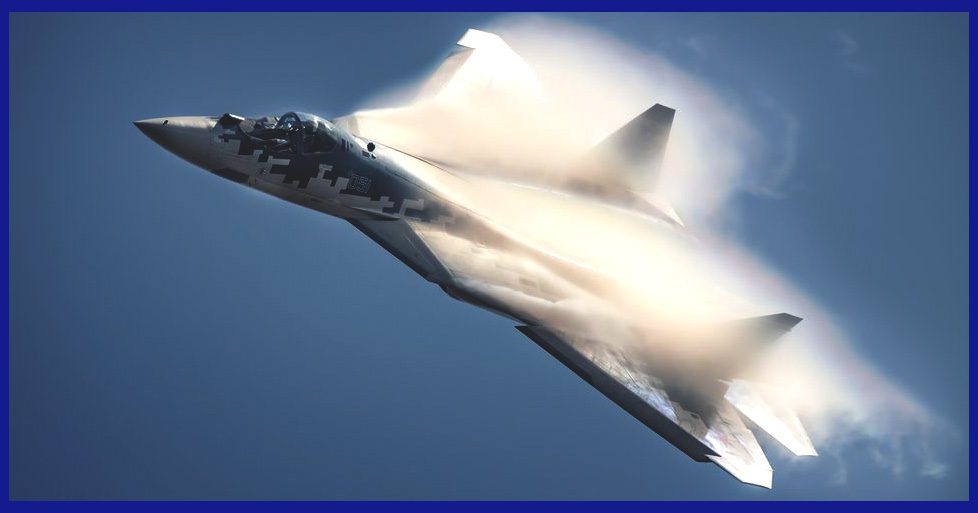
The Kh-58 Kilter Technical Specifications
- Weight: 650 kg ( 1,430 lb )
- Length: 15 ft 9 inches
- Diameter: 15 inches
- Wingspan: 46 inches
- Warhead: High Explosive type, weighing 149kg ( 328 lb )
- Detonation: Explosive impact upon detonation
- Engine: Solid fuel rocket
- Range: Kh-58: 120 km / Kh-58U: 250 km / Kh-58E: 200 km
- Speed: Mach 3.6
- Guidance: Inertial guidance system with a passive radar seeker
- Launch Platform: All operational Russian Fighter aircraft which include: Su-30MKI, Su-25, Su-34, Su-35, MiG-29, Su-22M4, Su-24M
“Moreover, don’t miss the chance to own an exquisite scale model of the Su-30 fighter jet, conveniently available on Amazon and Air Models. Just click the provided links to access this remarkable aircraft. Known for its devastating capabilities in combat, it showcases the Russian military’s commitment to advanced technology and precision warfare.”
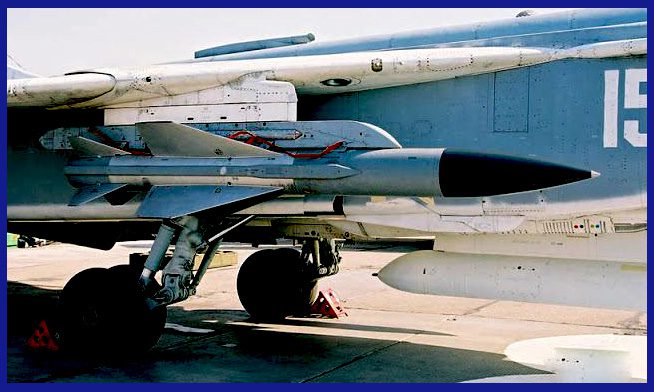
In conclusion, the Kh-58 Kilter anti-radiation missile stands as a notable achievement in Soviet missile development the during the Cold War. Its purposeful design, incorporating an active radar seeker, a potent warhead, and versatile deployment options, showcased its effectiveness in neutralizing enemy radar systems. Through extensive testing, refinement, and subsequent upgrades, the Kh-58 evolved to counter modern radar technology and electronic warfare measures. Its successful operational deployment in various conflicts validated its capability to suppress enemy air defences and enhance the offensive capabilities of the armed forces utilizing it.
Important Announcement for Our Valued Readers!
After an article is published, it is possible that updates or changes may have occurred beyond the time of publication. Therefore, it is important to be aware that certain information in the article might be outdated. To ensure the most accurate analysis, it is highly recommended to verify the content with the latest sources available.
However, we are dedicated to delivering outstanding articles on military products and global updates. Maintaining quality and smooth operation requires resources. Your support sustains our efforts in providing insightful content. By purchasing high-quality products through our affiliated links, you help us keep our platform alive and acquire top-notch items. Your unwavering support is invaluable and inspires us to strive further.
We welcome your suggestions and requests for more information, as we value feedback from our readers. If there’s specific defence material or equipment not covered on our site, please share your request in the comments. We’ll strive to research and provide the required information. We sincerely thank you for your unwavering interest in our website, and we eagerly anticipate hearing from you! Enjoy your reading experience!
